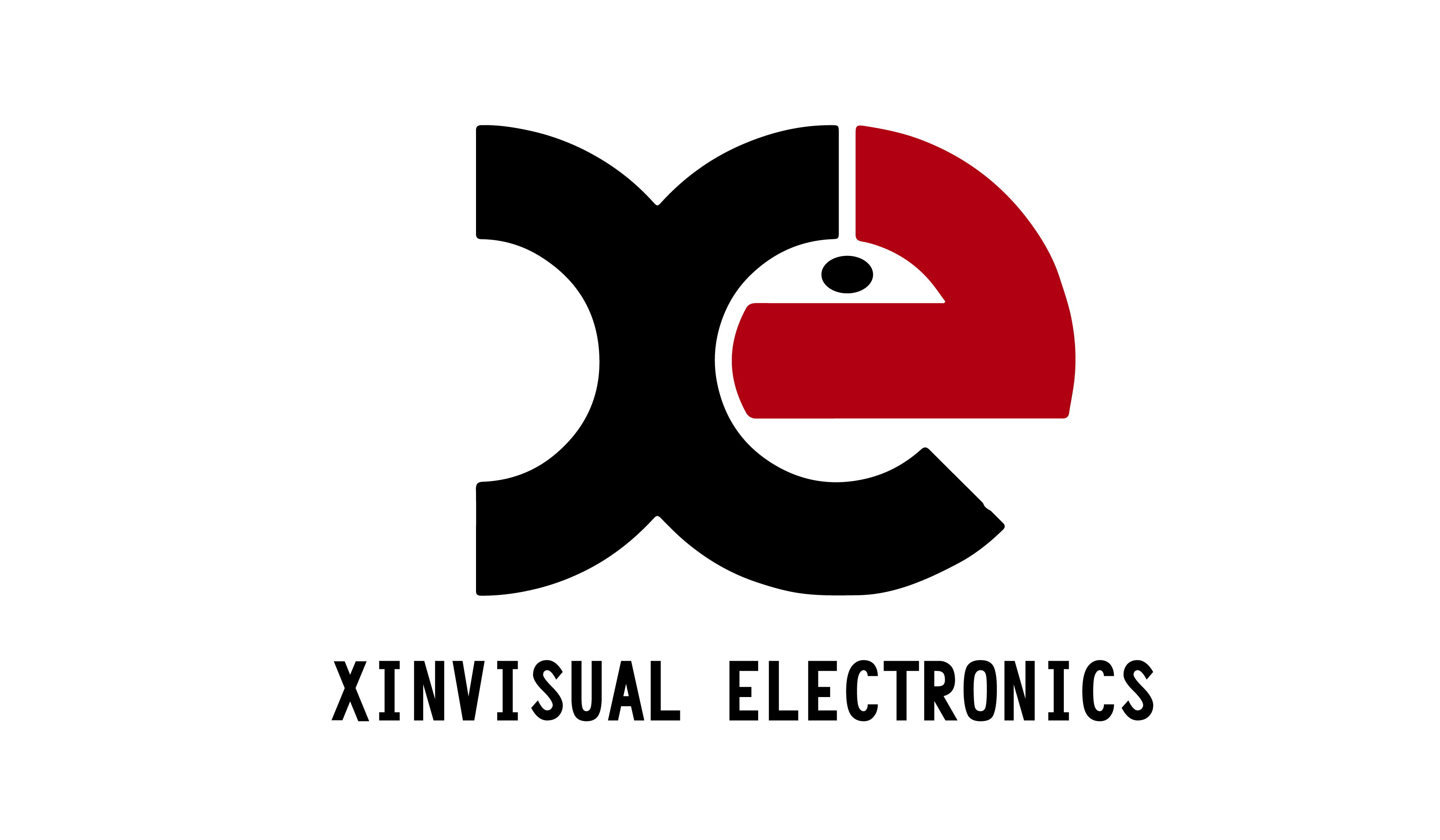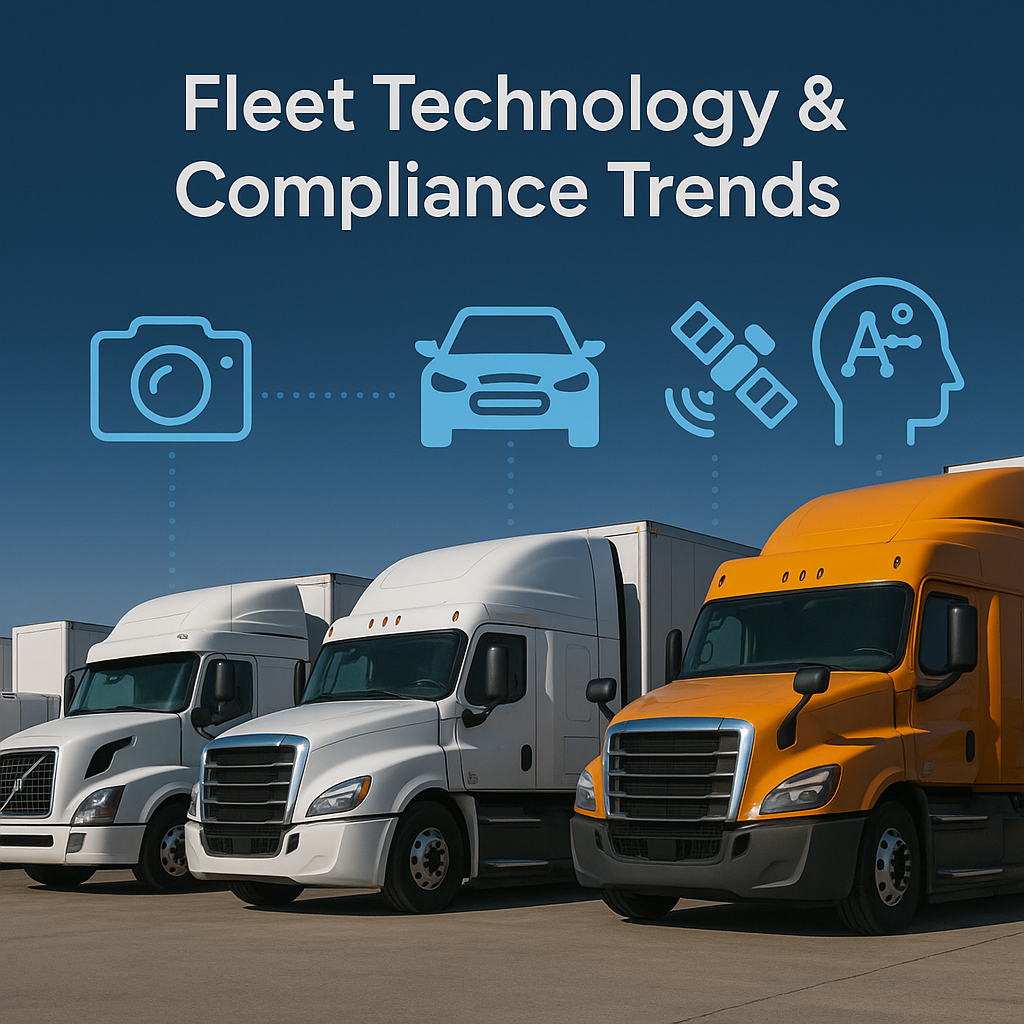Introduction
As 2025 winds down, one thing is clear—fleet technology and compliance demands are advancing faster than ever. From smart cameras and predictive maintenance to stricter audit requirements and AI-powered driver monitoring, the landscape is changing.
If you’re a fleet operator, the pressure to stay ahead is real. Falling behind means more downtime, regulatory penalties, and competitive disadvantage. So how do you keep up?
In this blog, we’ll explore the most important fleet tech and compliance trends you need to watch (and act on) before 2026 hits.
Predictive Maintenance & Diagnostics
Reactive maintenance is out—predictive diagnostics are in.
Instead of waiting for a breakdown, fleets are using sensor data and onboard diagnostics to anticipate failures before they happen. Think of it like having a doctor on board for your vehicles.
Benefits include:
-
Avoiding roadside emergencies
-
Reducing costly repairs
-
Improving safety and reliability
When combined with smart MDVR systems or AI vehicle monitoring tools from Xin Visual Electronics, predictive maintenance goes even further—detecting abnormal tire wear, vibration patterns, or warning signs via video data.
Integrated Safety Platforms
In the past, fleet systems were siloed:
-
One system for GPS
-
One for cameras
-
One for compliance
-
One for driver management
Now, leading fleets are moving toward fully integrated platforms that allow real-time oversight across all areas—from a single dashboard.
Features include:
-
Live driver behavior monitoring
-
Maintenance alerts
-
Video playback with GPS timestamp
Xinvisual systems are compatible with third-party integrations, making your existing tech stack smarter—not more complicated.
Tightening Compliance Pressures
Compliance in 2025 is no joke. Whether you’re a logistics operator, service provider, or public fleet manager, you’re likely facing:
-
More frequent electronic audits
-
Stricter hours-of-service enforcement
-
New driver training and documentation rules
-
Increased scrutiny of video evidence
This means your fleet safety systems must not only protect but record, store, and report.
Features to prioritize:
-
High-resolution video with GPS metadata
-
Cloud-based storage with secure access logs
-
Custom reports for inspections
-
Driver behavior logs matched with video events
Failing to have proper footage during an inspection or claim? That’s a lawsuit waiting to happen.
Camera systems powered by AI can detect:
-
Lane departure
-
Driver distraction
-
Harsh braking or turns
-
Unusual road behavior
And they alert the driver instantly. This real-time coaching has been shown to reduce risky behavior by over 60% in some fleets.
At Xinvisual, we specialize in fleet-grade, AI-powered safety cameras with customizable alert thresholds and multilingual interfaces—built for global fleets operating under pressure.
What Smart Fleets Are Doing Now
✔️ Upgrading all new vehicles with integrated camera + ADAS systems
✔️ Auditing legacy vehicles for compliance readiness
✔️ Implementing predictive maintenance platforms
✔️ Training managers on dashboard data insights
✔️ Choosing vendors that offer end-to-end support and scalability
Conclusion
Late 2025 is a turning point for fleet technology and compliance. The companies that adapt now will lead tomorrow—those that delay will face rising costs, higher risks, and tighter regulation.
At Xinvisual Electronics, we help fleet operators make the shift with future-proof safety systems—from predictive video monitoring to AI-enhanced ADAS and scalable MDVR solutions.
The future of fleet operations isn’t optional. It’s here.
Are you ready?

